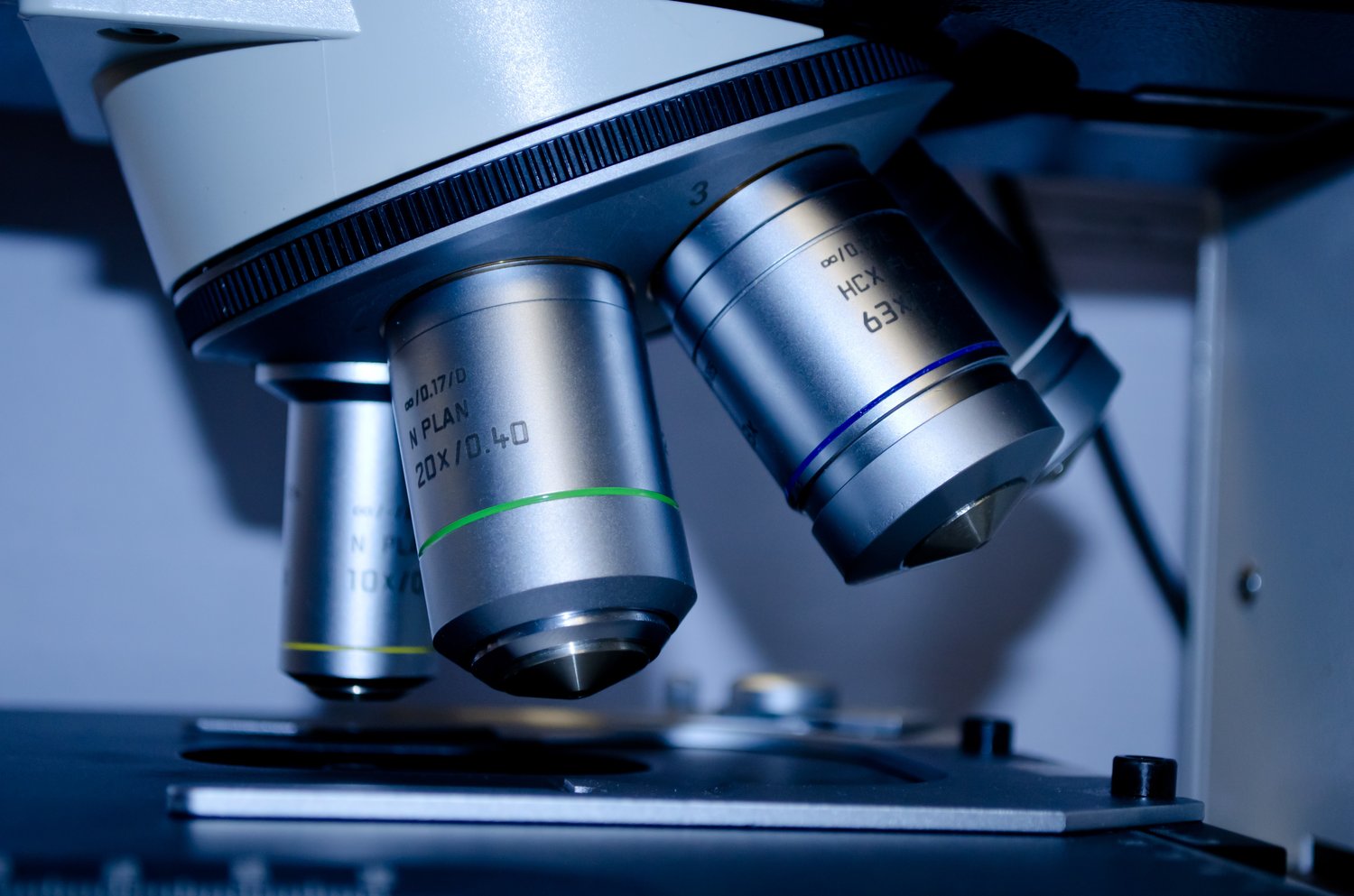Uncovering Your Family’s Medical Blueprint
Genealogy research has traditionally focused on mapping out family trees, tracing ancestral roots, and connecting stories that shape our heritage. But today, genealogy can go far beyond these boundaries—enter genetic genealogy and its power to reveal valuable insights into inherited health risks. By understanding these connections, we gain more than historical knowledge; we get a glimpse into our family's genetic health profile, offering clues that could one day play a role in life-saving prevention and personalized health strategies.
Genetic Genealogy: Where Family History Meets DNA
Genetic genealogy uses DNA testing to complement traditional genealogical research, helping connect the dots where records alone can’t suffice. By testing with companies like 23andMe or AncestryDNA, genealogists and family researchers can trace deeper, often hidden, lineage paths. But what many are just beginning to realize is that these tests also yield important health insights, revealing predispositions to diseases like heart disease, cancer, diabetes, and other hereditary conditions.
These insights come from genetic markers—specific patterns in DNA that researchers have linked to certain health conditions. This means that while your family tree may tell you where you come from, genetic data can add layers to the story by showing you how your genes may influence your health.
Identifying Health Patterns Across Generations
One of the most valuable aspects of combining genealogy with genetic health research is identifying health trends across generations. Many conditions, such as certain cancers, Alzheimer’s, and cardiovascular disease, show up consistently within family lineages. But unless you have detailed medical records, these patterns can remain hidden. Genetic testing can shed light on predispositions, offering insights into whether you or your descendants might face similar risks.
Some genealogists today are creating “medical family trees” or “health pedigrees.” These documents focus on charting diseases or conditions noted within family lines, often revealing that one side of the family has a greater prevalence of certain conditions than the other. Combining this with DNA testing provides a powerful resource that highlights genetic markers of concern, adding context to these health histories and helping you proactively approach your healthcare.
How to Use Genetic Health Data Responsibly
Before diving into genetic health testing, it’s essential to consider privacy and the potential implications of discovering sensitive health information. Many genetic testing companies offer tools to securely share findings with family members or healthcare providers, and understanding how to use these responsibly is crucial. Testing companies often anonymize data to protect users, but it's wise to check each company’s policies on data storage and sharing.
Another critical point is understanding that genetic markers are not definitive diagnoses. A marker for a condition, like the BRCA1 or BRCA2 gene related to breast cancer, doesn’t necessarily mean a person will develop the disease. It indicates higher-than-average susceptibility, so interpreting these results in consultation with healthcare professionals can make a significant difference in managing health outcomes.
A Tool for Health Prevention
Perhaps the most empowering aspect of genetic health information in genealogy is its potential for preventative care. Knowing that your family history includes a predisposition for diabetes, for instance, can encourage proactive monitoring of blood sugar levels and diet adjustments. Similarly, awareness of a high risk of cardiovascular issues can motivate regular screenings, exercise, and diet changes that may reduce risk factors. In this way, genetic genealogy doesn’t just enrich the understanding of your family’s past; it can actively shape your health choices and those of future generations.
How Genealogists and Family Researchers Can Start
- Choose a Reputable Genetic Testing Company: Select a company known for both genealogy and health testing. Review their privacy policies and data-sharing practices.
- Build a Health Pedigree: Map your family's health history by speaking with relatives and documenting conditions. Overlay this information with genetic findings.
- Consult Healthcare Professionals: Take your findings to a medical professional for proper interpretation and recommendations. They can provide a clearer picture of how to proceed.
- Share and Educate Family Members: Provide family members with relevant information, if they are comfortable with it, as they may find valuable preventative measures as well.
Future Prospects of Genetic Genealogy in Health
Genetic genealogy is still evolving, and its potential for health applications is enormous. As more people contribute to DNA databases and research grows, understanding genetic health risks could soon become a standard part of family research. This shift could not only transform genealogy as a discipline but also redefine family medicine, making health inheritance a vital part of our family stories.
In short, combining genealogy and genetic health risks allows us to see the bigger picture of our family histories—where medical awareness joins ancestry, enabling us to carry forward not only the knowledge of our past but also the tools to improve our futures.



Comments ()